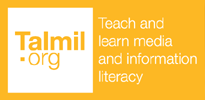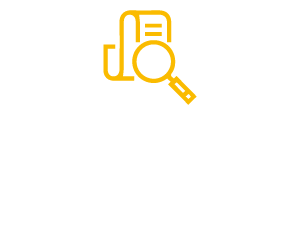

Recognising fake-news
The internet has become a land of riches for producers of fake news. They profit off of the instantaneousness of the web by providing content with absolutely no basis in science.
This viral fake news may take the form of conspiracy theories, campaigns to manipulate public opinion, state propaganda, challenges to scientific consensus, or even hate speech against minorities. To make matters worse, fake news is often repeated – voluntarily or otherwise – by politicians and the media. We have thus entered a post-truth era where it has become very difficult to separate fact from fiction, opinion from fact, and information from manipulation.
Just like the rest of the world, the Balkans have not been spared the spread of fake news. A Council of Europe report on the media landscape of the Balkans states that the region faces an onslaught of ‘fake news, hate speech, and clickbait, resulting in a steep drop in the population’s trust in the media’.
To help guide everyone in improving their ability to spot and debunk the fake news they may encounter, we have provided 9 course sheets for ‘Recognising fake news’. The sheets divide fake news into broad categories, such as conspiracy theories, political fake news, or propaganda, and show how each of them works to manipulate information. In addition, each sheet is illustrated with a concrete example to show how fake news is made and spread.

Fake news
FAKE NEWS & CONSPIRACY THEORIES

Fake news
FAKE NEWS & POLITICS

Fake news
FAKE NEWS & PROPAGANDA

Fake news
FAKE NEWS & THE PANDEMIC

Fake news
FAKE NEWS & THE ENVIRONMENT

Fake news
FAKE NEWS & HISTORY

Fake news
FAKE NEWS & SCIENCE

Fake news
FAKE NEWS & MINORITIES

Fake news






